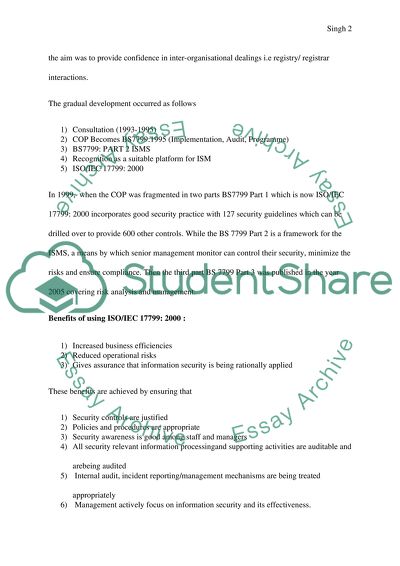Cite this document
(Information Security Management of BS 7799 Case Study, n.d.)
Information Security Management of BS 7799 Case Study. Retrieved from https://studentshare.org/information-technology/1591222-information-systems-management
Information Security Management of BS 7799 Case Study. Retrieved from https://studentshare.org/information-technology/1591222-information-systems-management
(Information Security Management of BS 7799 Case Study)
Information Security Management of BS 7799 Case Study. https://studentshare.org/information-technology/1591222-information-systems-management.
Information Security Management of BS 7799 Case Study. https://studentshare.org/information-technology/1591222-information-systems-management.
“Information Security Management of BS 7799 Case Study”. https://studentshare.org/information-technology/1591222-information-systems-management.


